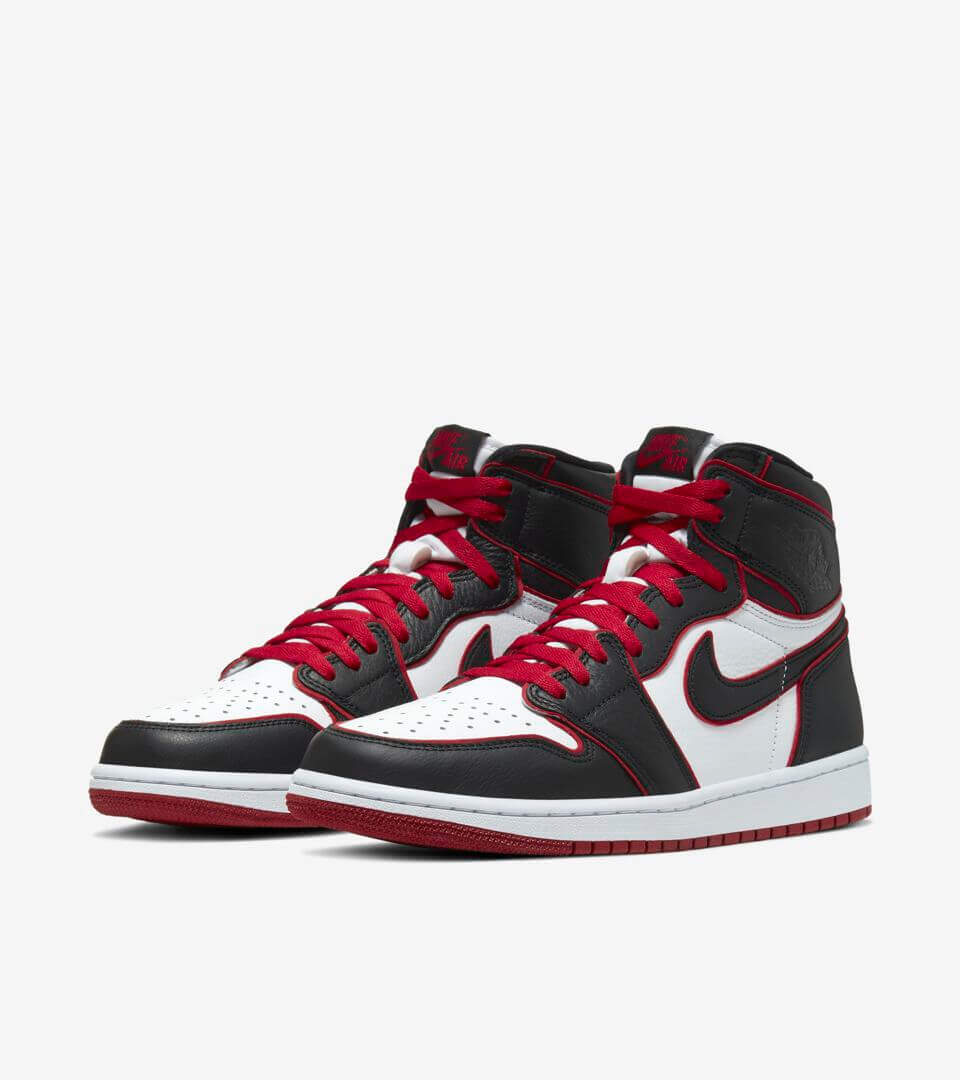![]()
The Air Jordan 1 High OG ‘Black/Red’. dropped on Black Friday and missed its target completely.
I headed out early on Black Friday. My goal was to see how difficult it would be to navigate sneaker retail outlets. The results were not surprising as I told a number of store managers prior to Black Friday that sales would be much worse than they were the previous year. I had a number of reasons for making this prediction, but the primary reason came from a discussion I had in my book on the unbanked consumer who traditionally shopped at urban retail. I made the statement that Venmo, CashApp and PayPal.me has given the urban consumer the ability to engage in the digital sneaker eco-system. I didn’t expect that the urban consumer would quickly merge into this stream, but since I released the book in February I’ve witnessed a trend at urban retail that Greg Garber, manager at Eblens, calls “showrooming”.
“Showrooming” was discussed in the book under a different concept in relation to my Amazon Seller Central Marketplace account. I shut down the multimillion dollar account because in 2016 Amazon forced accounts to adjust their shipping and return policies to mimic Amazon’s policies. In 2016 my return rates grew to 30%. This inevitably killed my online retail, but it gave me insight into a trend that I called “the home as showroom”. Customers were buying multiple pairs of items and then returning them after trying the products on. This isn’t exactly what Greg meant by “showrooming”, but it’s a similar situation. Throughout this year customers would visit brick and mortar, try on a product and then use their phones to check pricing online. This was happening with traditional and urban accounts and it’s expected. The urban customer doing it so quickly was not expected and it reared its head on Black Friday.
This post could grow too long as there is a lot to consider and analyze. If you’d like to speak with me don’t hesitate to e-mail to request a consult: cburns@arch-usa.com For the sake of brevity I will create a list here of my observations.
I visited ten different retail locations on Black Friday, and one outlet mall. On Saturday I visited a different city where there are 5 different sneaker retail outlets. I visited 17 retail locations and the results were interesting. Friday’s visits were in a big city and small suburb. Saturday’s visit was in a small city.
- Promotional marketing couldn’t drive engagement. Consumers didn’t show up for 40% off sales as these sales have been taking place consistently over the last few years. The customer only wants deals and this has hindered sell through at full price.
- Nike’s dominance at retail backfired on account holders as the Swoosh released duds generating a lukewarm response by sneaker buyers who are waiting for the Air Jordan 11. I think that shoe will be solid for retail, but not enough to offset the poor response at brick and mortar for Black Friday.
- Accounts with Yeezy performed well, but fell flat on Saturday. adidas could only sell footwear that was on sale at prices of 29.99 to 39.99.
- In small towns sneaker retail performed well, but speaking with a variety of managers who had to measure against the previous year, sales were still down considerably in comparison.
- There weren’t lines anywhere, small towns or big cities. This isn’t true. The only place that consistently had lines snaking through the store? Nike Factory and Nike Clearance Stores. Surprisingly Under Armour outlets were crowded as well. This leads me to a discussion on race as it relates to the sneaker industry. In three different cities the only locations that were crowded consistently had a mix of white customers and other races. Where “urban” retail was the focus there weren’t any lines at all. Black and Latino customers are shopping on line more than they have in the past which means that brick and mortar is going to be inundated with a ridiculous amount of returns this year.
The reliance on the Nike Wall is creating a serious issue for retail. Brick and mortar stores have an overabundance of inventory and the sneaker wall is so cluttered there isn’t any differentiation. New releases blend in with old product and the customer isn’t inspired to shop. Apparel was moving quickly, but in almost every store there was a feeling of apathy. The question of peak sneaker keeps coming up. We are definitely at the point where growth isn’t going to happen via wholesale accounts. The only way brands are going to continue to see growth is via DTC. There is a completely different discussion on the third party that should be happening, but that’s another discussion.


